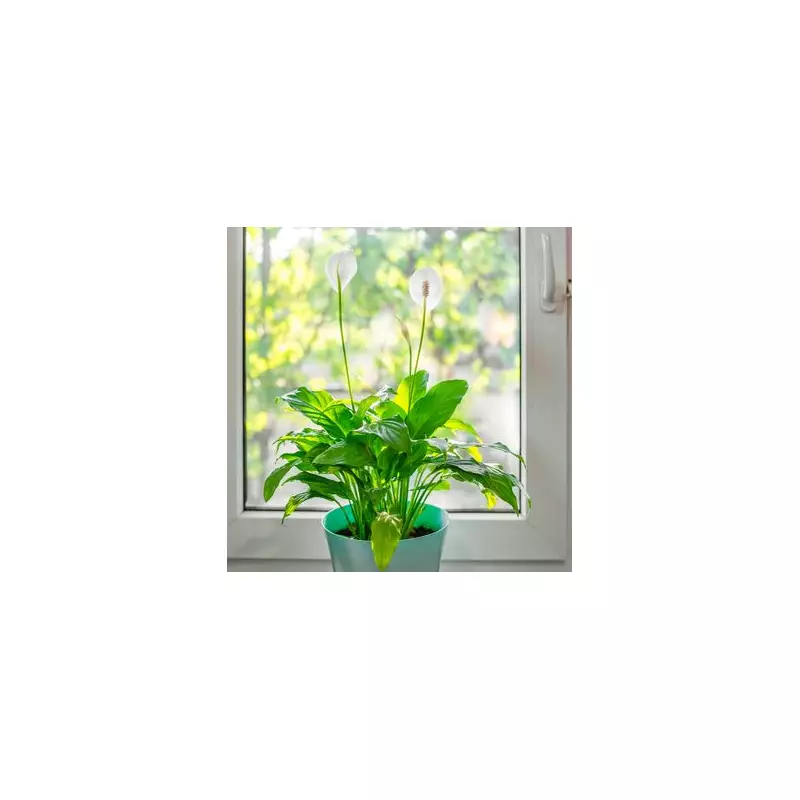
Your home could be harbouring invisible pollutants that affect your health and wellbeing, but the solution might be simpler than you think. According to scientific research, including NASA's landmark Clean Air Study, certain houseplants can significantly improve indoor air quality while providing mental health benefits.
The Science Behind Green Purifiers
Modern homes are often filled with hidden toxins from furniture, cleaning products, and building materials. These volatile organic compounds (VOCs) can cause everything from headaches to respiratory issues. Fortunately, research confirms that specific plants act as natural air filters, absorbing harmful chemicals through their leaves and roots.
Five Powerhouse Plants for Your Home
1. The Mighty Snake Plant
Often called "mother-in-law's tongue," this resilient plant is perfect for beginners and busy households. Its striking upright leaves work overtime removing formaldehyde, benzene, and trichloroethylene from your air. Remarkably, it's one of the few plants that converts carbon dioxide to oxygen at night, making it ideal for bedrooms.
2. The Elegant Peace Lily
With its graceful white blooms and dark green leaves, the peace lily does more than just beautify your space. This tropical plant effectively removes ammonia, benzene, and formaldehyde while increasing room humidity. Its dramatic appearance when thirsty makes it easy to care for - it'll visibly droop when needing water.
3. The Versatile Spider Plant
A favourite since the 1970s, the spider plant is making a major comeback. Its arching green-and-white striped leaves are particularly effective at combatting carbon monoxide and formaldehyde. This prolific grower produces "spiderettes" that you can propagate, making it perfect for sharing with friends and family.
4. The Lush Boston Fern
This classic Victorian favourite acts as a natural humidifier while removing formaldehyde from the air. Though it requires slightly more attention than other plants, its feathery fronds create a beautiful cascading effect in hanging baskets. Regular misting and consistent moisture will keep this plant thriving.
5. The Hardy English Ivy
This trailing vine isn't just for outdoor walls - when grown indoors, it becomes a powerful ally against airborne mould and faecal particles. Studies show English ivy can reduce mould in the air by up to 94%, making it particularly beneficial for those with allergies or asthma.
Beyond Clean Air: The Mental Health Bonus
These plants offer more than just physical health benefits. Research consistently shows that surrounding yourself with greenery can reduce stress levels, improve concentration, and boost mood. The simple act of caring for plants provides mindfulness benefits and a sense of accomplishment.
Getting Started With Your Indoor Garden
Begin with one or two plants that suit your lifestyle and lighting conditions. Most air-purifying plants thrive in bright, indirect light with moderate watering. Remember that while plants significantly improve air quality, they work best as part of a comprehensive approach that includes proper ventilation and reducing pollutant sources.
Even if you lack green fingers, these resilient plants are surprisingly difficult to kill and will reward your minimal effort with cleaner air and a calmer living environment.





